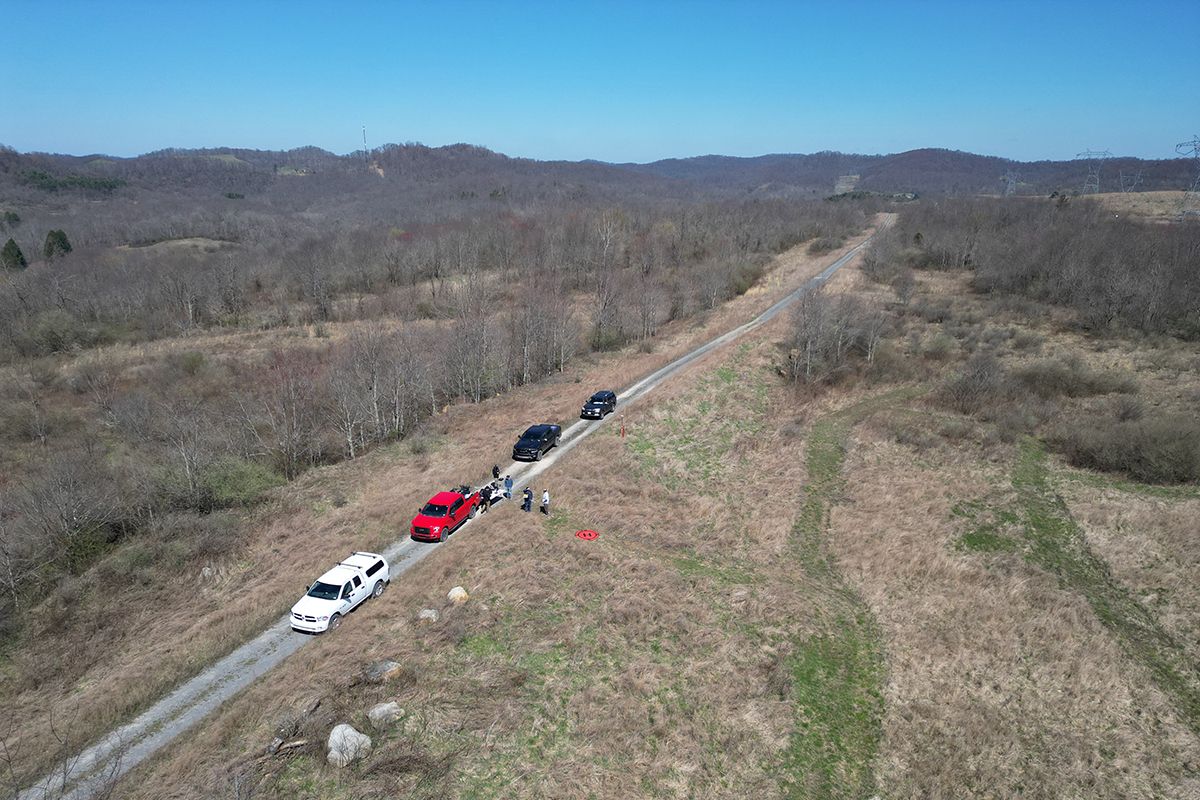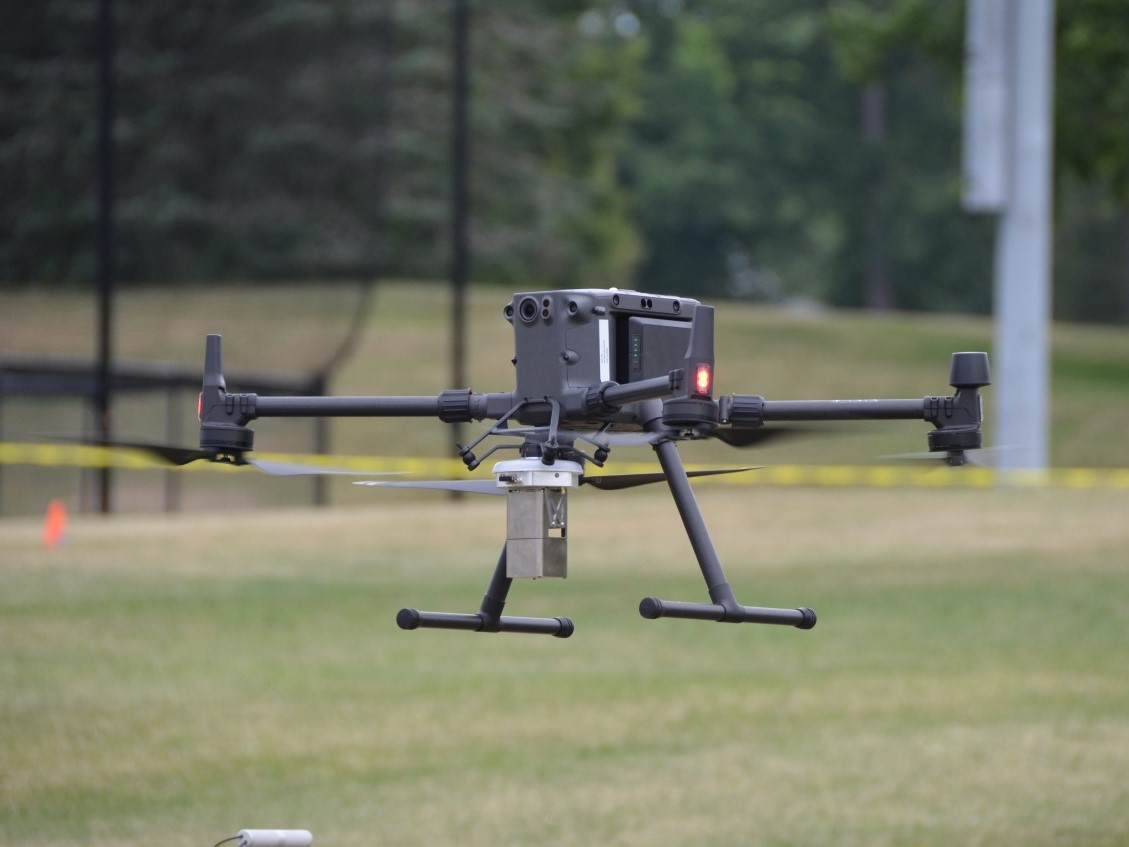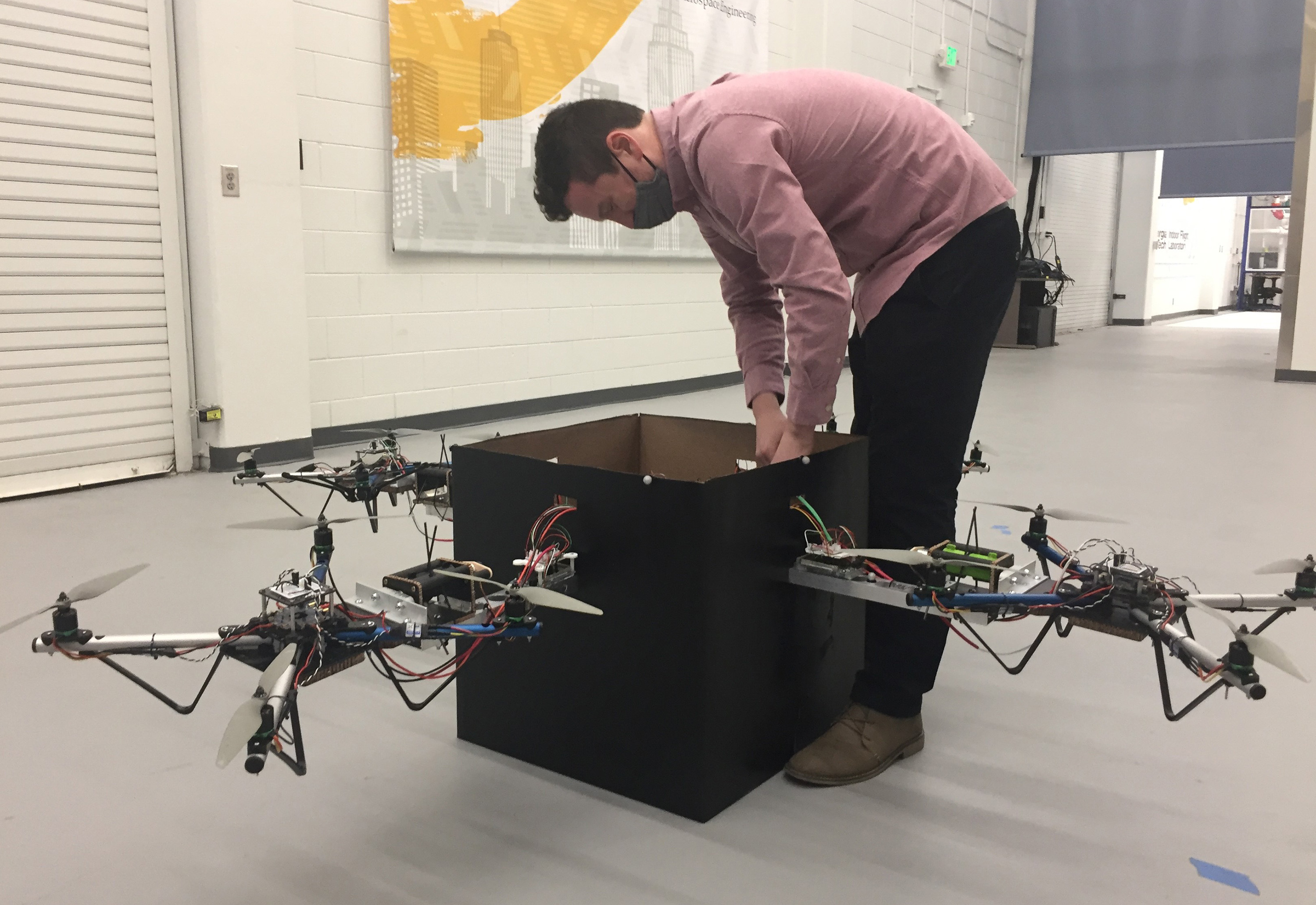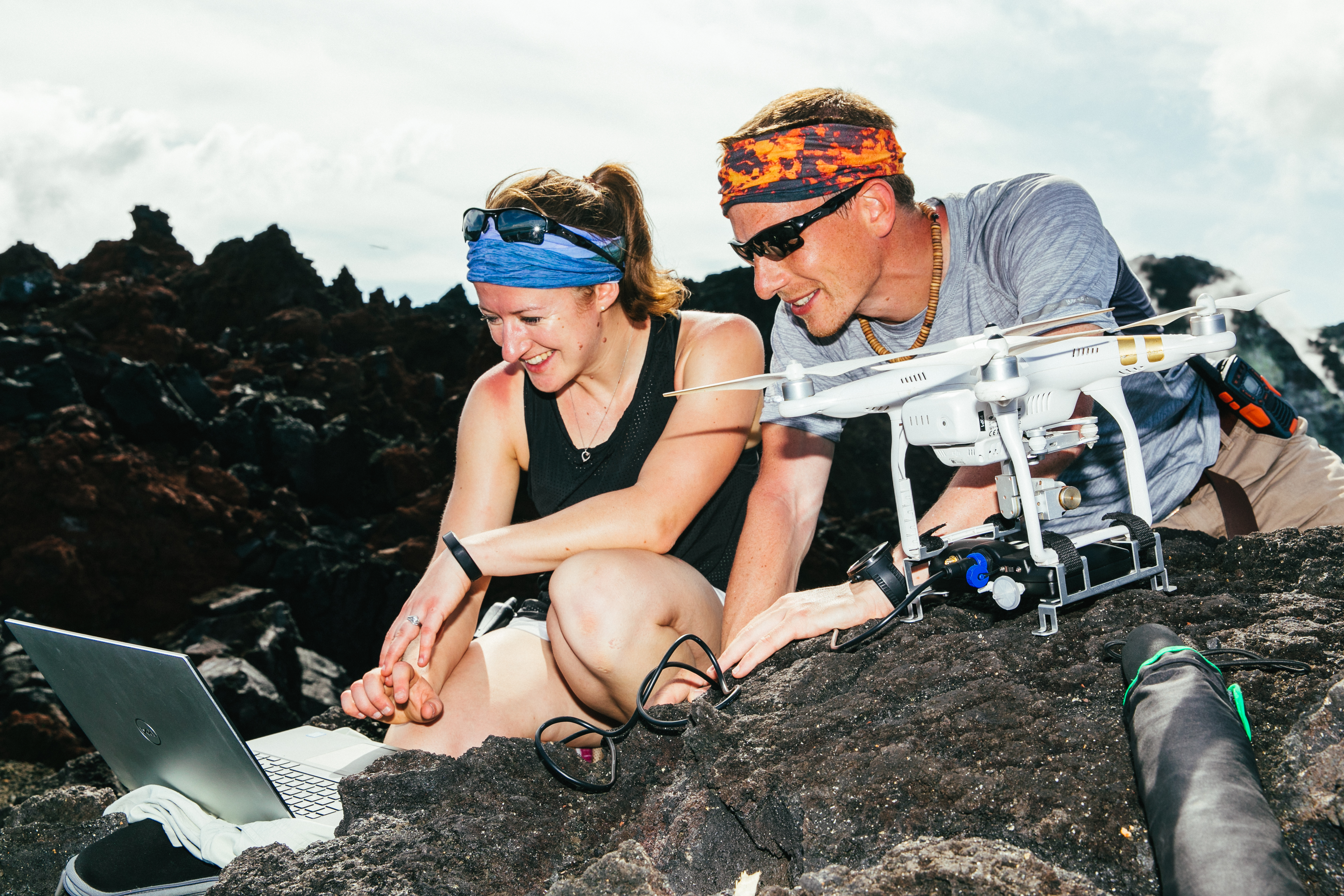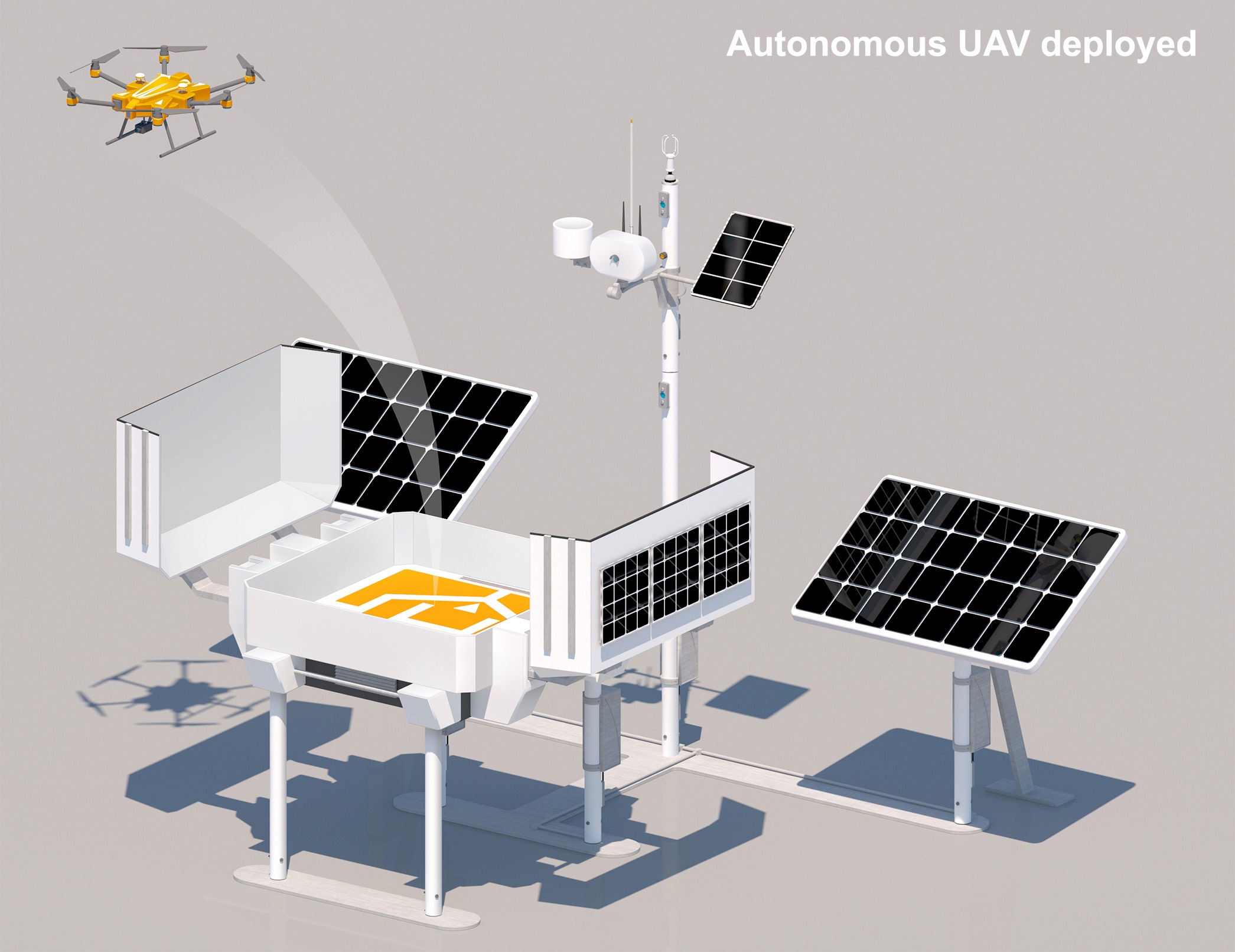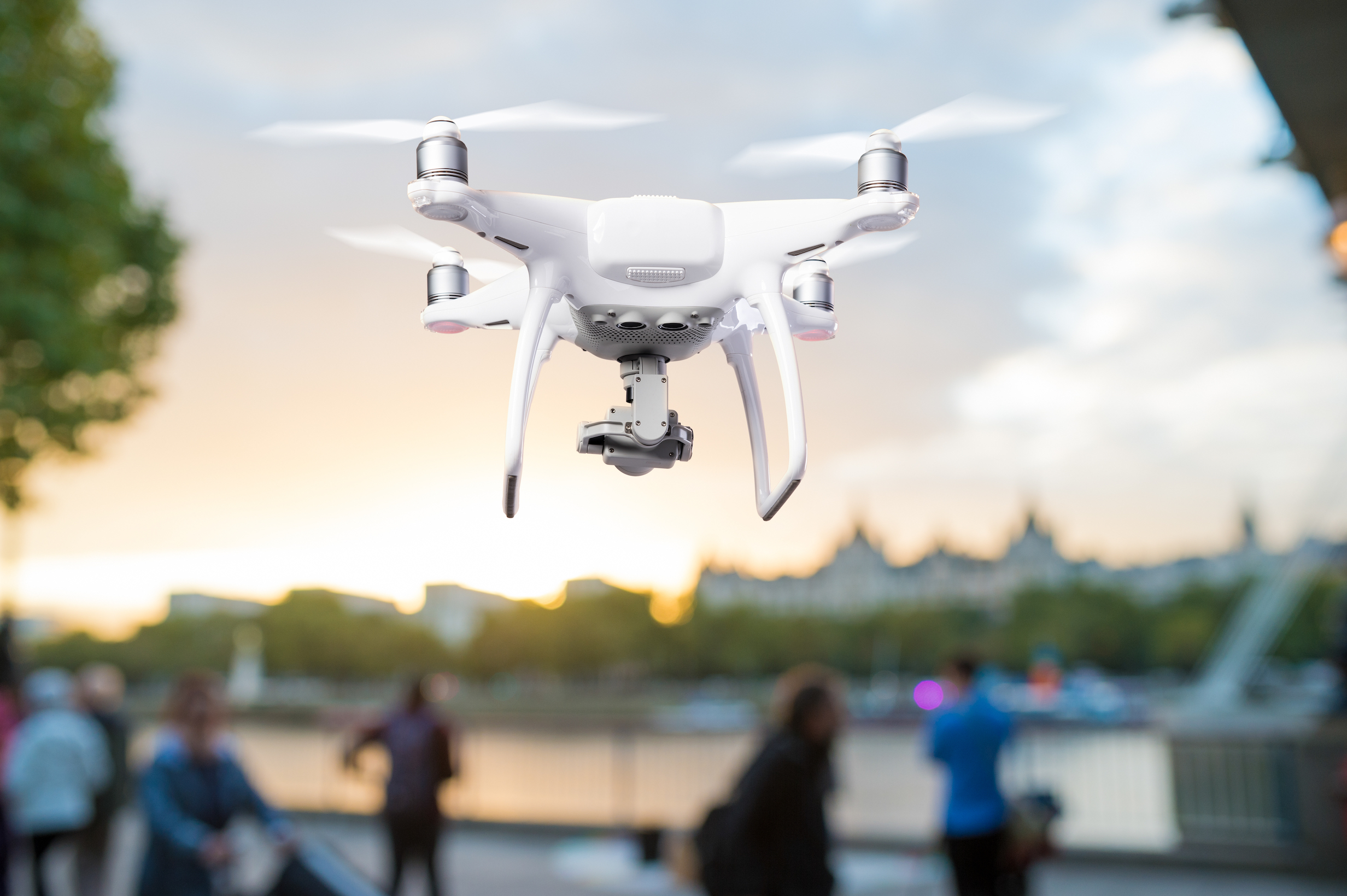As the COVID-19 death toll mounts and the world hangs its hopes on effective vaccines, what else can we do to save lives in this pandemic? In UniSA’s case, design world-first technology that combines engineering, drones, cameras, and artificial intelligence to monitor people’s vital health signs remotely.
In 2020 the University of South Australia joined forces with the world’s oldest commercial drone manufacturer, Draganfly Inc, to develop technology which remotely detects the key symptoms of COVID-19 – breathing and heart rates, temperature, and blood oxygen levels.
Within months, the technology had moved from drones to security cameras and kiosks, scanning vital health signs in 15 seconds and adding social distancing software to the mix.
In September 2020, Alabama State University became the first higher education institution in the world to use the technology to spot COVID-19 symptoms in its staff and students and enforce social distancing, ensuring they had one of the l
